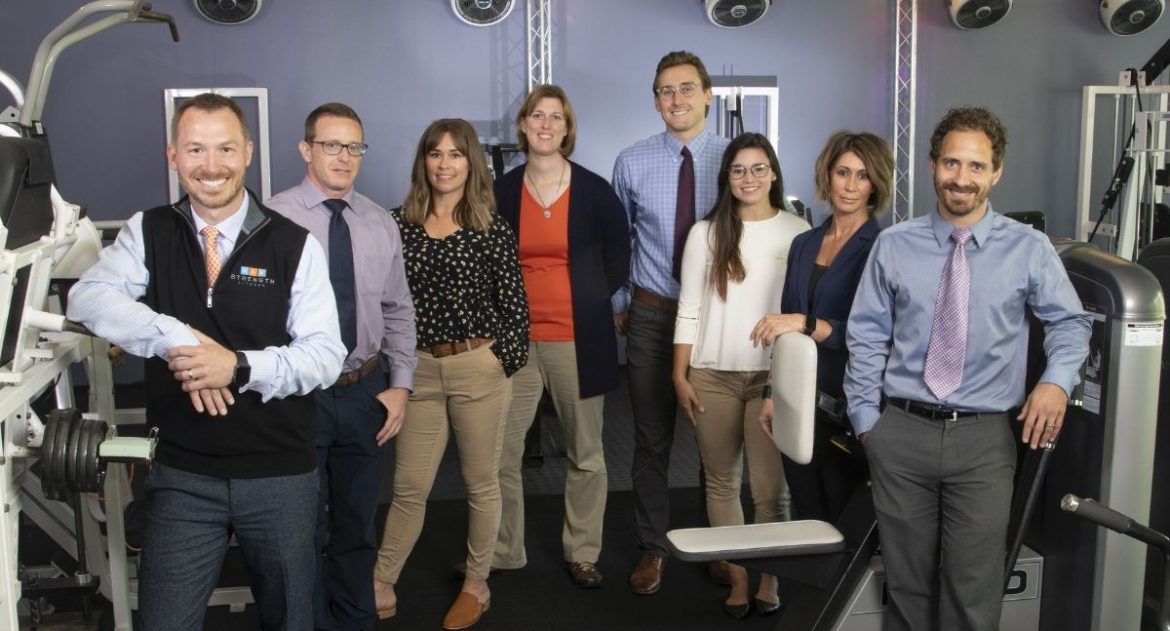The proprietary training formula at MaxStrength Fitness helped Sharon Yemich improve her bone strength. Here’s how it can help you, too.
One in three women over the age of 50 will experience bone fractures due to osteoporosis in her lifetime. Currently there are 200 million people suffering from this bone disease characterized by low bone mass, deterioration of bone tissue, compromised bone strength, and higher risk of fractures. But recent studies indicate that those who have been diagnosed have the power to turn it around. According to the Harvard Medical School, strength training can play a role in reversing bone loss.
“Activities that put stress on bones can nudge bone-forming cells into action,” says the Harvard Health newsletter. “As stress comes from the tugging and pushing on bone that occur during strength training (as well as weight-bearing aerobic exercises like walking or running), the result is stronger, denser bones.”
When MaxStrength Fitness founder Jeff Tomaszewski was formulating his unique training methodology, bone density was one of the factors he addressed. He explains that the SuperSlow protocol they tap into enables older women with fragile bones to exercise safely in only minutes a week and see real health benefits. SuperSlow is actually the result of an osteoporosis study done at the University of Florida Medical School in 1982-86. The requirements that were put in place for people to participate in the study gave birth to SuperSlow.
Meet Sharon Yemich
Two years ago, following a routine bone density test, Sharon was diagnosed with osteoporosis in three lumbar spinal bones. The active 68-year-old retiree, who likes to garden, go for daily walks and paint watercolors, suddenly had to put falls and broken bones on her radar.
She went on medication and supplements, and after her doctor recommended strength training, she began working out two times a week at MaxStrength Fitness. “The private, one-on-one training with the professionals here provides me with the proper form and techniques that are crucial to preventing injury,” she says, adding that the 20-minute, twice weekly workouts fit nicely into her routine.
On a recent bone scan, she discovered the good news that her condition had improved significantly and she was downgraded to osteopenia. Much to Sharon’s relief, she could now go off her medication. “It’s not uncommon for our clients with osteoporosis to either significantly slow down the progressing trend of bone loss, stop it all together, or reverse it – allowing them to drop medications and other treatments just like Sharon has experienced,” says Jeff.
She says she owes a tremendous amount of her success to MaxStrength. “It’s never too late to start exercising,” she adds. “I’m proof.”



